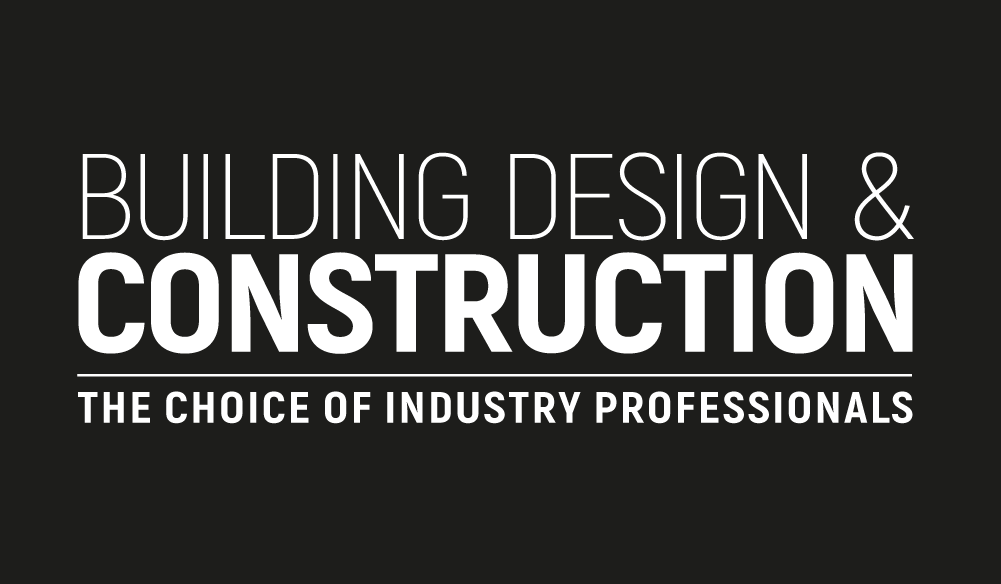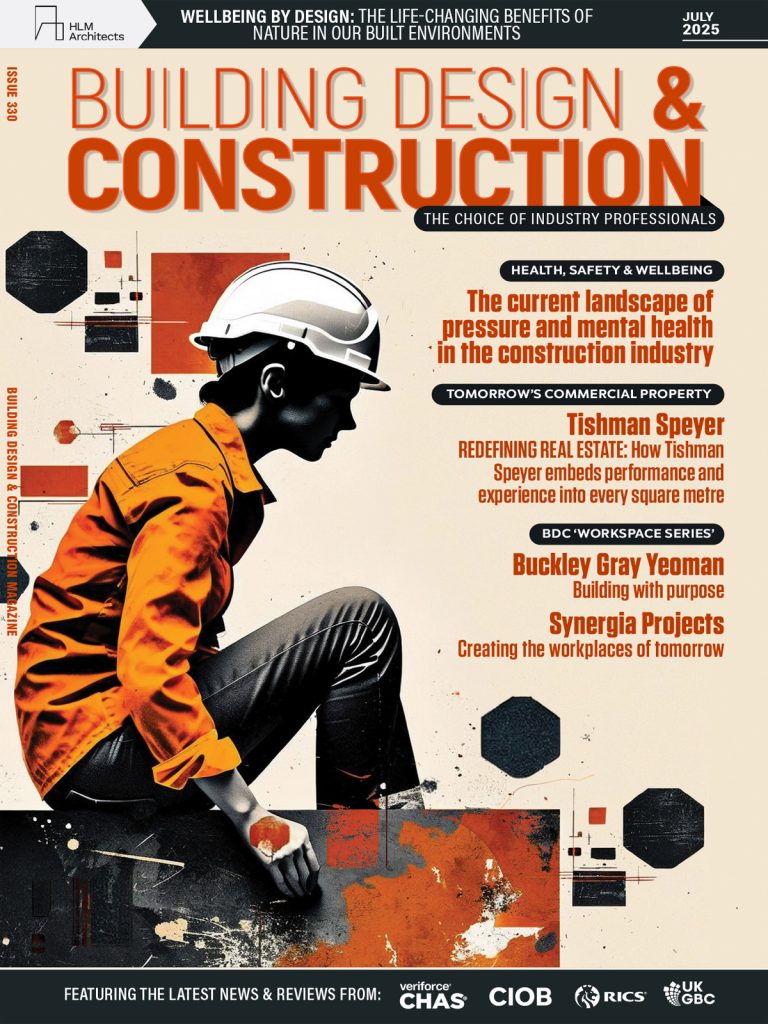Business is becoming more complex and the way we work has been changing at a fast rate. Increasingly, people must work together to create and share information to complete projects and tasks in the most efficient way. Office spaces have evolved and some, such as Google and Facebook, have become famous for their fun layouts and collaborative areas. However, there is a motive behind these innovative office designs beyond looking chic or ‘cool’. The bosses at these companies know that a collaborative workforce is motivated, socially-engaged, productive and has an increased desire to help the company achieve its goals. We’ve outlined seven ways you can make your office more collaborative by changing its design. Invest in open plan offices The first and most obvious step in encouraging collaboration in the workplace is to implement an open plan office. Not only will it break down the physical barriers that disrupt communication between employees, but it will also psychologically open up employees to the option of working together. This should even include management by at least installing glass windows in their offices if they are to remain separate. Creating an open plan space for your company, with fewer private offices and lowered partitions, will encourage more interactions to occur in the workplace. However, some people also need their own private space for confidential phone calls or to focus on specific tasks like writing reports, so make sure you also provide some private spaces dedicated to this purpose. Natixis’ Global Asset Management (NGAM) wanted to encourage communication between different teams and the installation of bench desking helped with this goal. The acoustic screens allow for collaboration and privacy, while the company’s private offices also have small round meeting tables for group work. 2. Remove assigned desks Desk assignment is becoming outdated now that hot-desking and other flexible working practices are emerging. By removing assigned seating, you are encouraging people from different teams to interact. This improves internal communications, makes staff aware of the work that other people in the company do and discourages teams from just sticking to their own groups as a matter of habit. Collaboration can further thrive by placing information walls near areas of work and meeting spaces; it opens teams to suggestions from other departments. 3. Create dedicated spaces for specific tasks A collaborative office space incorporates areas for small teams to freely share knowledge and ideas. These could be pockets such as padded cubicles and pods or corners for teleconferences where employees can concentrate. Also, since the best ideas come when the mind is relaxed or when the person is on a break doing something else, collaborative break spaces are also a great feature. These spaces can be meditation areas, a pool table or even a chill-out area with bean bags, comfortable cushions and magazines. Marketing company Arnold KLP recently moved into an office designed to reflect the creative nature of the company. A modern design studio space, client meeting rooms, and a bar and breakout area with a pool table were part of the final interior. Make use of every single space Some of the best exchanges of information and insights occur during unplanned interactions in hallways, lobbies, cafes and shared office spaces, so these spaces should be made as accessible as possible. By creating public spaces where interaction is unavoidable, you create virtual collisions and staff are more likely to interact. Chance meetings with people in other teams can spark some of the most creative ideas and collaborations. Another option for collaboration spaces that increase interaction is to install them in public spaces like hallways, gardens, dining areas, or even next to snack and beverage machines. Businesses are installing power sockets, whiteboards and other equipment in easily accessible places so that staff can charge laptops, smartphones and other devices, and it also gives them the perfect opportunity to collaborate on the move. Create a dedicated dining area Make sure your workplace kitchen has an area for dining or at least provide one nearby. All too often, employees fall into the habit of having lunch at their desks, but it is much better for them to properly take a break or have casual conversations with their co-workers. Innovation is nurtured through informal, social and creative interactions and this usually happens away from desks. Providing free good quality coffee and other drinks is a good way to encourage staff to go to these areas. Salamanca Group is an investment bank that wanted to encourage employees to relax in a common area during their breaks. A breakfast bar consisting of a 9-metre stone counter has proven popular with staff and has become a collaboration point. Use integrated technology Technology allows us to enjoy much more flexible working conditions. By integrating minimal, wireless technology you can allow employees to be portable and move around the workspace without being restricted to their desks. Office interior designers can install powered furniture with built-in power adapters and multimedia capabilities. For example, touch tables which are like giant iPad tables can be useful for brainstorming and displaying information in meetings. Foster a culture of collaboration Despite all your best efforts to design a collaborative workspace, if the company culture itself isn’t open to collaboration at all levels, the outcome might seem hollow and ineffectual. The company should encourage collaboration everywhere, including online. Other practices such as an open door policy can create trust and transparency between management and employees. It’s worth noting that open door policies should be applied with clear boundaries otherwise staff can use it as an opportunity to complain, so regular open door meetings might be a better alternative. A truly functional culture of collaboration is a vehicle for senior managers to understand what is on the minds of employees with whom they don’t regularly interact. This coupled with appropriate office design can create a positive environment of collaboration at every level.




